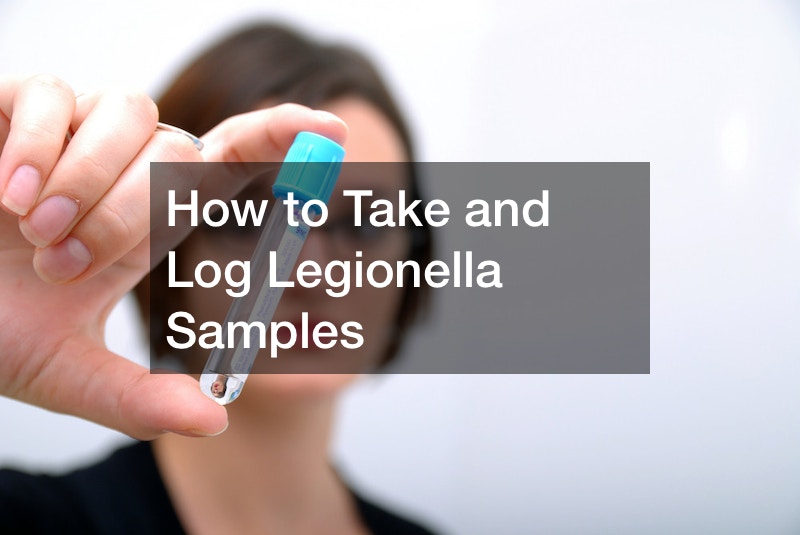Legionella bacteria pose a significant risk in various environments, and thorough Legionella testing is crucial to ensure the safety of water systems. This article outlines a comprehensive guide on how to take and log Legionella samples.
Materials Needed
Before embarking on legionella sampling, gather the essential materials, including biofilm swabs, plastic bottles or liquid bags, disposable gloves, safety goggles, masks, and an insulated cooler box with ice packs for sample shipping.
Sampling Locations
Identify potential Legionella hotspots, such as showers, faucets, decorative fountains, tubs, and humidifiers. Start with showers and faucets as primary sampling locations due to their higher risk.
Biofilm Swab Samples
For surfaces like showers and faucets, the process involves removing the shower head or aerator, moistening the pipe, and carefully swabbing the inside surface. The swab is then placed in a tube, ensuring it is labeled with a unique ID and sampling location.
Water Samples
When collecting water samples, use one-liter liquid bags or 100-milliliter plastic bottles. The goal is to obtain water from behind fixtures and any material shed from biofilm. Properly label the containers with a unique ID and record the type and location for tracking in your legionella log book & record keeping book.
Packaging and Shipping
Securely pack swabs and water samples in an insulated cooler box with ice packs, ensuring the samples are sent to the designated address within 24 hours of collection. Proper labeling, use of bubble wrap, and avoiding overpacking are emphasized for successful shipment.
Result Interpretation:
Upon receiving results refer to the experts for interpretation and to strategize the next steps based on the findings.
In conclusion, this comprehensive guide provides clarity on Legionella sampling procedures, emphasizing proper techniques, documentation, and record-keeping for effective Legionella risk assessment and management.



